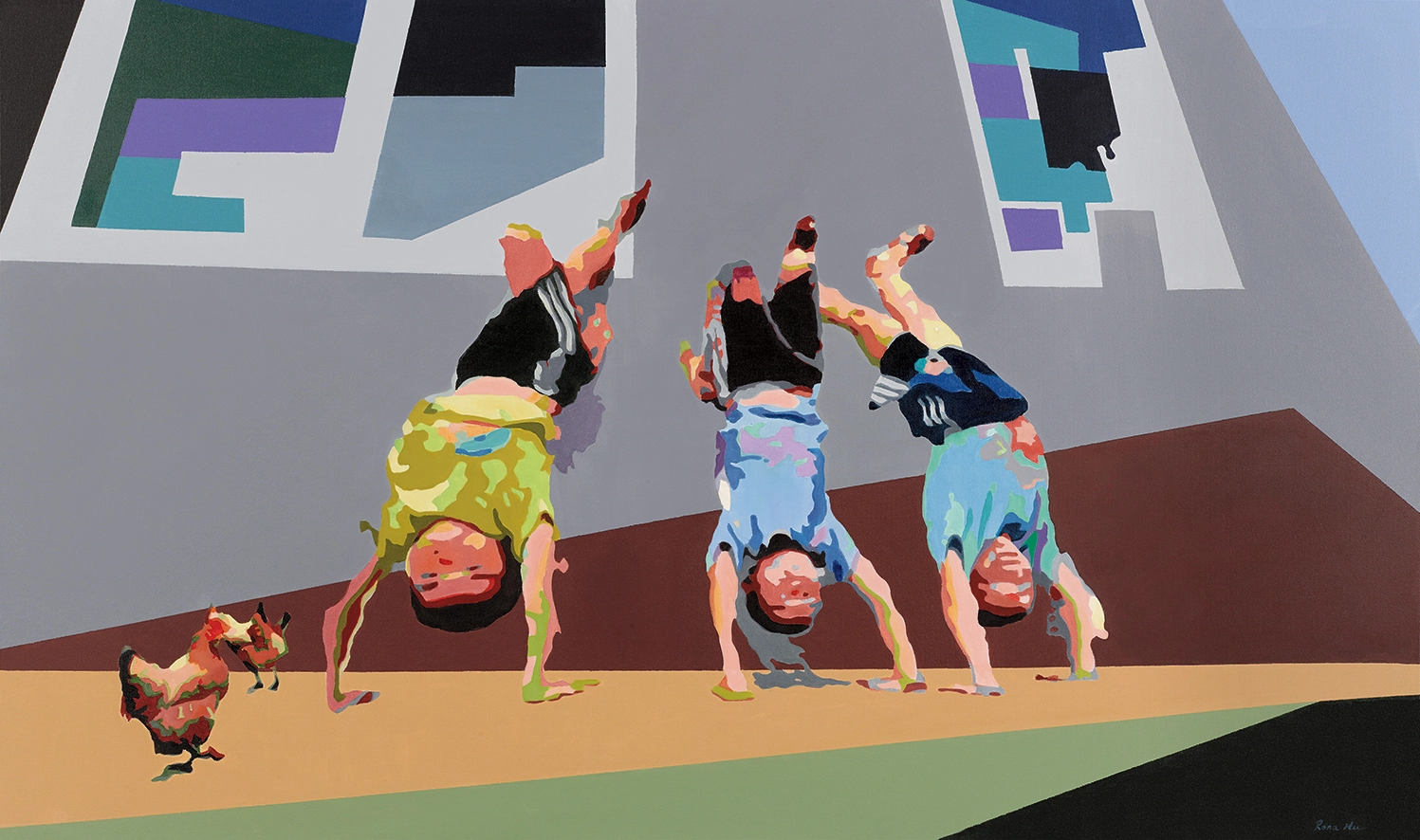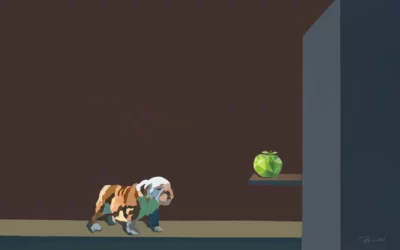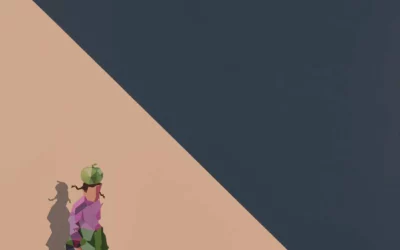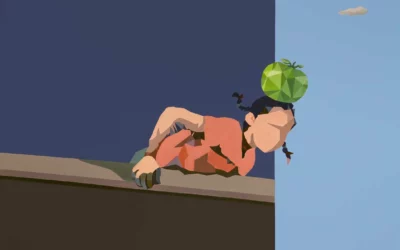By Lily Leung, Director of Eastation Gallery
As an artist, Rona Hu is dedicated to giving accurate and objective expression to the grassroots in her art. Starting from her “The Underpriviledged” series, she has been artfully portraying her subjects by zoning in on their faces that are engraved by the harsh life they lead and their resulting doggedness. The stories, sentiments, ideals, and in particular realities of migrant workers, left behind children and other disadvantaged groups that struggle in the sweeping urbanization, have become her major concern in art. Her recent “Kaleidoscope” series represents a blend of modern sense of form and profound artistic treatment of contemporary reality, attesting to her active involvement in the current Chinese reality from the social perspective as an artist of deep humanistic concern. With her typical endeavour for aesthetic perfection and profound emotion, this series marks a new stage in her art.
“Kaleidoscope” brings us closer to “Shanguos,” meaning “mountain fruits,” who are children born and raised in the mountains. There may even used to have been a girl called Shanguo, who, as well as her stories, has deeply impressed the artist; yet it is not necessary to give a detailed account of her here, as she has become a symbol for a social grouping in Rona’s art. In the past 30 years, as many as 1 million villages have disappeared in China, and the surviving desolated ones are getting lost in urban and rural integration. Elder people in empty-nest families and left behind children have become the only forces that might keep and sustain the villages. It was in these villages that the Chinese belief system was formed and Chinese civilization is rooted. To save them from extinction, we need first to revive our civilization and belief. The decline of villages is caused to a large extent by the romanticized and fanciful description of urban life in schools. There is therefore no other way to save our villages than to restore them to their rightful places: they are our roots and our homeland. If the city is our playground, then the village is our home forever, and “Shanguos” in this case become the projection of our longing to return to our native land. Everyone is torn between disorientation and homecoming. In the age of great dis-embedding, what can we expect of art to find for our lost soul?
Native soil, or homeland, is the centrepiece of Rona’s art. In this new series, Rona makes skilful use of the complex patterns of constantly changing colors and shapes as an aesthetic element that brings a gloomy reality into stark contrast with the purity and the light in the inner world. The lifelike portrayal of the innocent children also contrast markedly with the abstract time and space. The interaction between the plain reality and the fairytale land brings forth a lashing metaphor reinforced by the poetic mood and the sharp contrast. Though torn between lightness and heaviness, these “Shanguos” still long for love and are hopeful about the future. The load on their shoulders, dreams, and pure minds intensify the sentimental atmosphere. Underneath the brightly colored tableau lies enormous love.
With her art, Rona proves again that Western art theories work little in present China where contemporary art is in the throes of transformation. In the future, a work of art does not deserve its name unless sociologically and anthropologically structured and realized. Rona’s series responds directly to the crux of our age, speaks for the grassroots, and cries for the declining civilization. Sociologists sometimes look down upon artists for their despair, as they believe only those who never give up hope are able to produce good art. Sociologically speaking, art is our last decorative and protective cover that can be retained.




